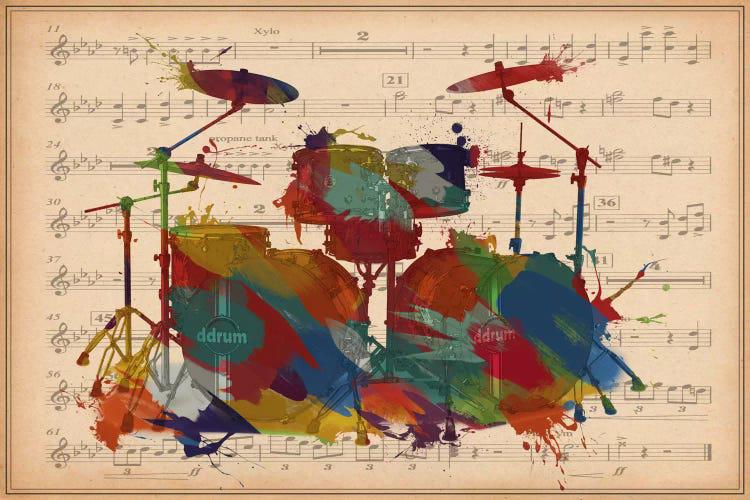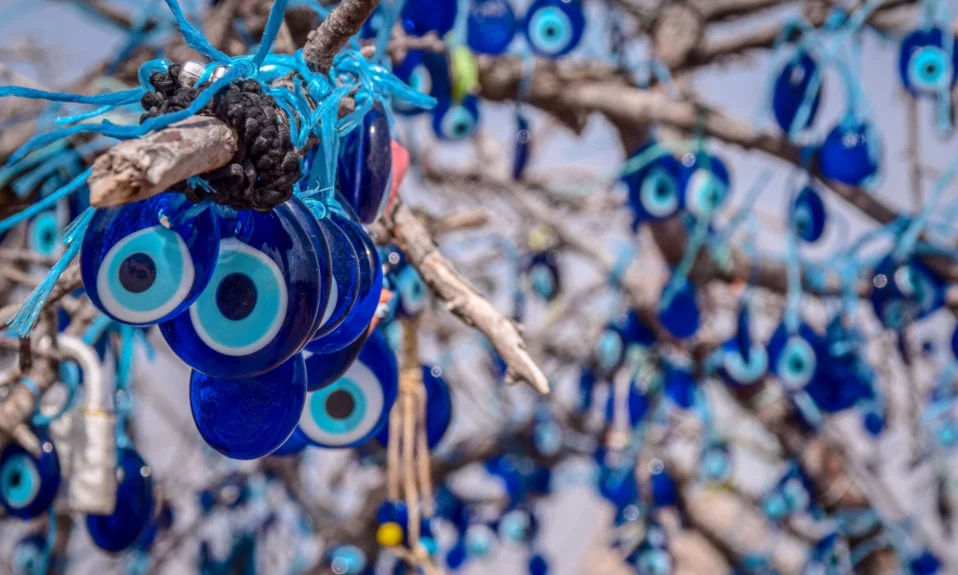
Have you ever thought about hearing colors or seeing sounds?
Think about it for a few minutes.
The very first thing that probably comes to our mind is that colors and sounds don’t have any similar sensorial features. However, both of them map aspects of emotion. As everyone knows, emotion plays an important role in our mental lives even when it isn’t directly involved in. So is it possible for these two different sensory properties to interact with each other? The idea dates back to Greek antiquity when philosophers wondered if the color of music was a quantifiable quality. Researchers have studied the issue for years and finally, the researches led them to the discovery of synesthesia.
Synesthesia
“Synesthesia is a neurological condition in which information meant to stimulate one of your senses stimulates several of your senses. People who have synesthesia are called synesthetes.”, Kathryn Watson.
The word is a combination of two Greek words. “Synth” and “ethesia” which mean together and perception, respectfully.
Doctors realized that synesthetes have a bigger brain response when they hear a sound. Moreover, there are more connections between the parts of their brain controlling the senses.
Take a look at this interesting short video made by TED_ED’s youtube channel to make sure that you completely understand the subject.
Sound can impress other senses
Various types of synesthesia have been known until now. Depending on which senses are joined together, they can be:
Grapheme-color synesthesia
Sound-to-color synesthesia
Lexical-gustatory synesthesia
John Locke, an English philosopher from Oxford University, made the earliest report of synesthesia which was about a blind man who had an experience of seeing the color scarlet while listening to the sound of trumpet. Sound-to-color synesthesia!
This experience, one of the most common and most exciting types of synesthesia, was called chromesthesia.
It is proved that these synesthetic experiences are involuntary. However, it is important to listen carefully and consciously so that you won’t miss the experience. Also, it may be interesting to know that not only music but also voices of people, different sounds of nature such as water or animals and even unpleasant noises around us can stimulate the experience of chromesthesia.
So…what color is a piece of music?
Experiments have shown that the color of a piece of music depends on both the feature of the music such as mode and tempo and the emotions that they express. For example, fast and loud music is considered as flustered whereas slow and quiet music reminds of calmness and sadness.
These feelings can be considered in colors as well. For example, red can remind synthetases of anger because of the fact that blood is red and an angry face is redder than a calm one or the connection between bright yellow and happiness may relate to different weather conditions and their emotional effects. People are usually happier in a sunny day with a bright, warm sunlight. Still, lots of these relations are not clear yet, so researches have been continued until this day. Here are some examples made by the synesthetic artist Timothy Layden.



These kinds of examples have gradually shown that although synesthetes’ perceptions of what they see, hear, smell or touch can be different but there are certain tendencies like the shapes of sound.
Now let’s listen to Siana Altiise to see her experience of chromesthesia.
So exciting right?
Conclusion
Finally, there may be many people who still don’t know about synesthesia and its various types therefore they can never be aware of their talent.
You can use the link below to take a 5-minute test.
Who knows? Perhaps you’re a unique synesthete too ☺
Hope you enjoy it the most!
If you’re interested in colors and their psychic effects, here you can find it:













